Reviewed by Sahil Chopra, MD, and Stacey Gunn, MD.
How to Create a Sleep-Conducive Environment for Better Sleep Quality
Creating a sleep-conducive environment is essential for achieving better sleep quality and maintaining overall health and well-being. In today's fast-paced world, where stress and distractions are ever-present, it's more important than ever to prioritize sleep and create a space that promotes restful slumber. A well-designed sleep environment can help you fall asleep faster, stay asleep longer, and wake up feeling refreshed and rejuvenated.
From the moment you step into your bedroom, every aspect of your surroundings can impact your sleep quality. Factors such as lighting, temperature, noise levels, and comfort can all play a significant role in determining how well you sleep each night. By making simple changes and incorporating evidence-based strategies, you can transform your bedroom into a sleep sanctuary that supports your body's natural sleep-wake cycle and promotes deep, restorative sleep.
In this comprehensive guide, we will explore 15 essential tips for creating a sleep-conducive environment, backed by scientific research and expert recommendations.
Creating a Dark, Quiet, and Cool Sleeping Environment
Creating a dark, quiet, and cool sleeping environment is crucial for promoting better sleep quality. Melatonin, the sleep hormone, is released after a certain amount of time unless it is suppressed by light. For this reason, a dark environment is essential, contrary to the popular belief that darkness itself releases melatonin. To achieve a dark environment, it is important to avoid bright light prior to bedtime, and then, to maintain the effects of darkness on the brain, one can use blackout curtains or an eye mask to block out any light from windows, electronics, or other sources¹. In addition to darkness, it's important to maintain a cool room temperature between 60-67°F (15-19°C). This temperature range is optimal for sleep because it helps lower your core body temperature, which naturally occurs as you fall asleep. A cooler environment helps facilitate this process, making it easier to drift off into a restful slumber2. Interestingly, taking a warm bath before bedtime can paradoxically help you cool down in preparation for sleep. Some hypothesize that this is because the initial rise in body temperature, followed by the later drop in temperature, facilitates one’s circadian rhythm so that they can prepare to sleep18.
Investing in a Comfortable, Supportive Mattress and Pillows
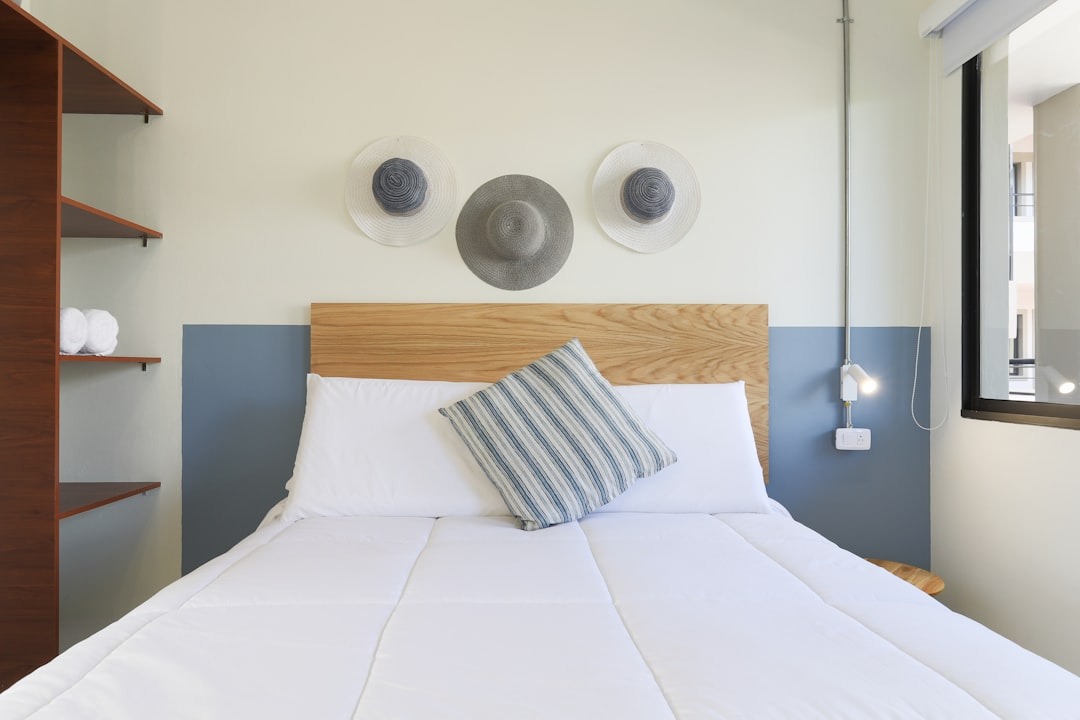
Investing in a comfortable, supportive mattress and pillows is another key factor in creating a sleep-conducive environment. A medium-firm mattress is generally recommended as it provides the best balance of comfort and support for most people. This level of firmness helps maintain proper spinal alignment, reduces pressure points, and minimizes pain and discomfort during sleep3. However, no one size fits all. In general, a medium-firm mattress is a reasonable starting point, but everyone is different, and we would also recommend selecting a mattress and pillow in person to ensure that they are comfortable for your individual tastes. It's also important to replace your mattress every 7-10 years and your pillows every 1-2 years to ensure they continue to provide adequate support and comfort. Over time, mattresses and pillows can accumulate dust mites, allergens, and other debris that can negatively impact sleep quality and health4.
Using Breathable, Natural Bedding Materials
Using breathable, natural bedding materials like cotton, linen, or bamboo can greatly enhance your sleep environment. These materials are known for their excellent temperature-regulating properties, which help keep you cool and comfortable throughout the night. They allow air to circulate freely, wicking away moisture and preventing overheating and night sweats5.
In contrast, synthetic materials like polyester can trap heat and moisture, leading to discomfort and disrupted sleep. Investing in high-quality, natural bedding materials can make a significant difference in the quality of your sleep and overall comfort level.
Limiting Exposure to Blue Light Before Bedtime
Limiting exposure to blue light from electronic devices at least 1-2 hours before bedtime is another important aspect of creating a sleep-conducive environment. Blue light, emitted by smartphones, tablets, computers, and televisions, has been shown to suppress the production of melatonin, the hormone responsible for regulating sleep-wake cycles. By suppressing melatonin, blue light exposure can make it harder to fall asleep and lead to poorer sleep quality6. To minimize the impact of blue light, it's recommended to avoid using electronic devices for at least 1-2 hours before bedtime. If you must use these devices, consider using blue light blocking glasses or installing blue light filtering apps to reduce your exposure.
Maintaining a Consistent Sleep Schedule
Creating a consistent sleep schedule is a crucial component of a sleep-conducive environment. Going to bed and waking up at the same time every day, even on weekends, helps regulate your body's internal clock, also known as the circadian rhythm. This internal clock controls various physiological processes, including the release of hormones that promote sleep and wakefulness. By sticking to a consistent sleep schedule, you help align your body's internal clock with your desired sleep-wake times, making it easier to fall asleep and wake up naturally7. Inconsistent sleep schedules can disrupt this internal clock, leading to difficulty falling asleep, waking up frequently during the night, and feeling groggy and unrefreshed upon waking.
Establishing a Relaxing Bedtime Routine
Establishing a relaxing bedtime routine is an important step in creating a sleep-conducive environment. A bedtime routine helps signal to your body that it's time to wind down and prepare for sleep. This may include activities such as taking a warm bath, reading a book, practicing gentle stretches, or engaging in relaxation techniques like deep breathing or meditation8.
These activities help promote relaxation, reduce stress and anxiety, and prepare your mind and body for sleep. It's important to choose activities that you find personally relaxing and to perform them consistently each night to establish a strong association between these activities and sleep.
Using White Noise or Nature Sounds to Mask Disruptive Noises
Using white noise or nature sounds can be an effective way to mask disruptive noises that may interfere with sleep. White noise is a constant, low-level sound that helps to drown out other noises, creating a more peaceful and calming sleep environment. Examples of white noise include the sound of a fan, humidifier, or a dedicated white noise machine9. Nature sounds, such as the sound of rainfall, ocean waves, or forest ambiance, can also be soothing and help promote relaxation. By masking disruptive noises, such as traffic, neighbors, or other household sounds, white noise and nature sounds can help you fall asleep more easily and experience fewer disruptions throughout the night.
Keeping Your Bedroom Clutter-Free and Using It Only for Sleep
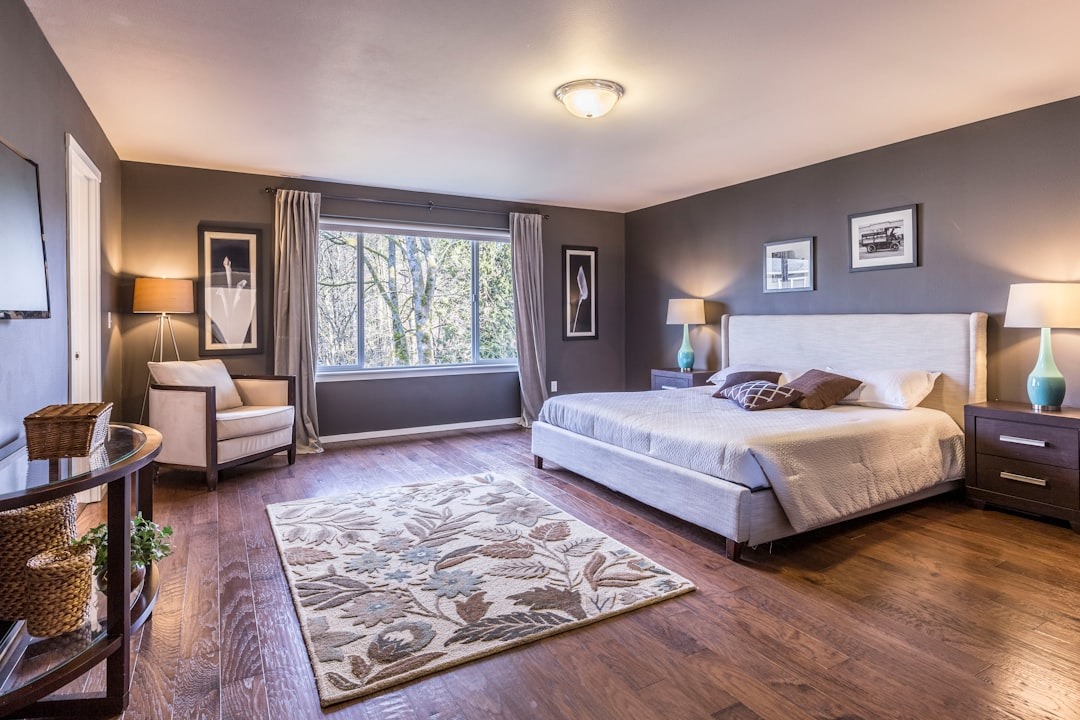
Keeping your bedroom clutter-free and using it only for sleep and intimacy is another important aspect of creating a sleep-conducive environment. A cluttered bedroom can be visually and mentally stimulating, making it harder to relax and fall asleep. It's important to remove work materials, electronics, and other items that may cause stress or anxiety, as these can interfere with your ability to wind down and sleep peacefully10. Additionally, using your bedroom only for sleep and intimacy helps to strengthen the association between your bedroom and sleep, making it easier to fall asleep when you enter the room. Avoid using your bedroom for activities such as work, eating, or watching television, as these can weaken the association between your bedroom and sleep.
Ensuring Adequate Ventilation and Air Quality in Your Bedroom
Ensuring adequate ventilation and air quality in your bedroom is crucial for creating a healthy and sleep-conducive environment. Good air circulation helps to regulate temperature, reduce humidity, and remove allergens and pollutants that can negatively impact sleep quality and health. To improve ventilation, open windows to allow fresh air to circulate, especially during the day11. If opening windows is not practical, consider using an air purifier to remove allergens, dust, and other pollutants from the air. Maintaining a humidity level between 30-50% is the ideal balance. Humidity lower than this can cause an environment that is too dry, which can irritate the respiratory system, and a higher humidity can lead to mold growth, which can exacerbate allergies and asthma symptoms.
Considering the Use of Essential Oils for Relaxation
Considering the use of essential oils, such as lavender or chamomile, can be a helpful addition to your sleep-conducive environment. Some have reported that these essential oils have helped promote relaxation, reduce anxiety, and improve sleep quality when used aromatically12. Lavender, in particular, has been extensively studied for its calming and sleep-promoting properties. Essential oils can be used in a diffuser to disperse the aroma throughout your bedroom, added to a warm bath before bedtime, or sprinkled on your pillow. It's important to use high-quality, pure essential oils and to follow proper safety guidelines when using them. If you have any concerns or allergies, consult with a healthcare professional before incorporating essential oils into your sleep routine. However, it is important to note that although some people may find these oils useful, that is not to say they are a magical cure for all sleep-related conditions.
Avoiding Caffeine, Alcohol, and Large Meals Close to Bedtime
Avoiding caffeine, alcohol, and large meals close to bedtime is important for creating a sleep-conducive environment. Caffeine is a stimulant that can interfere with your ability to fall asleep and negatively impact sleep quality. It's recommended to avoid consuming caffeine at least 6 hours before bedtime, as it can remain in your system for several hours13. Similarly, alcohol may initially make you feel drowsy, but it can disrupt your sleep later in the night, leading to more frequent awakenings and less restorative sleep. Large meals close to bedtime can also interfere with sleep, as the digestive process can cause discomfort, indigestion, and acid reflux. It's best to avoid large meals at least 2-3 hours before bedtime to allow your body sufficient time to digest.
Exercising Regularly, But Not Too Close to Bedtime

Exercising regularly is beneficial for overall health and can improve sleep quality, but it's important to be mindful of the timing of your workouts. Moderate exercise during the day has been shown to improve sleep quality, increase total sleep time, and reduce the time it takes to fall asleep14. However, vigorous exercise within 3 hours of bedtime may have a stimulating effect, making it harder to wind down and fall asleep. This is because exercise increases body temperature, heart rate, and adrenaline levels, which can interfere with the body's natural relaxation process. If you prefer to exercise in the evening, opt for low-intensity activities such as yoga, stretching, or a leisurely walk.
Managing Stress and Anxiety Through Various Techniques
Managing stress and anxiety is crucial for creating a sleep-conducive environment, as high levels of stress and anxiety can make it difficult to relax and fall asleep. Incorporating stress-reducing techniques into your daily routine can help promote relaxation and improve sleep quality. Some effective techniques include journaling, where you write down your thoughts and concerns to help clear your mind; therapy, such as cognitive-behavioral therapy (CBT), which can help you identify and change negative thought patterns; and mindfulness practices, like meditation or deep breathing exercises, which can help you focus on the present moment and reduce anxiety15. Regular practice of these techniques can help you better manage stress and anxiety, making it easier to relax and fall asleep at night.
Exposing Yourself to Natural Light During the Day
Exposing yourself to natural light during the day, especially in the morning, is important for regulating your body's internal clock and creating a sleep-conducive environment. Exposure to natural light helps to reinforce your body's natural sleep-wake cycle, making it easier to fall asleep and wake up at consistent times16. Aim to spend at least 30 minutes outside during the day, preferably in the morning, to help regulate your internal clock. If you have limited access to natural light, consider using a light therapy box to simulate sunlight exposure.
Getting Out of Bed If You Can't Fall Asleep Within 20-30 Minutes
If you find yourself unable to fall asleep within 20-30 minutes of going to bed, it's recommended to get out of bed and engage in a calming activity until you feel sleepy. Tossing and turning in bed can lead to frustration and further wakefulness, as you may begin to associate your bed with feelings of anxiety and sleeplessness.[17] Instead, try moving to another room and engaging in a relaxing activity, such as reading a book, listening to soothing music, or practicing a relaxation technique like deep breathing or progressive muscle relaxation. Keep the lights dim and avoid screens to minimize stimulation. Once you feel sleepy, return to bed and try to fall asleep again. This technique can help break the association between your bed and sleeplessness, making it easier to fall asleep when you feel tired.
Creating a Sleep-Conducive Environment
Creating a sleep-conducive environment is a critical step in achieving better sleep quality and overall health. By implementing the 15 evidence-based strategies outlined in this guide, you can transform your bedroom into a sanctuary of restful slumber. From optimizing your room's darkness, temperature, and noise levels to investing in comfortable bedding, establishing a relaxing bedtime routine, and managing stress, each of these elements plays a crucial role in promoting deep, restorative sleep.
It's important to remember that creating a sleep-conducive environment is a personalized process that may require some trial and error. What works for one person may not work for another, so be patient and willing to experiment with different strategies until you find the right combination that suits your individual needs and preferences.
So, take the time to assess your current sleep environment and implement the changes necessary to create a truly sleep-conducive space. Your mind and body will thank you for the investment in your sleep health, and you'll be well on your way to experiencing the numerous benefits of a good night's rest. Remember, a well-rested you is a happier, healthier, and more productive you. Sweet dreams!
Remember, better sleep leads to a better quality of life. Take the first step towards improving your sleep by creating a sleep-conducive environment and seeking personalized sleep care from Empower Sleep.
References:
- https://www.ncbi.nlm.nih.gov/pmc/articles/PMC6491906/
- https://pubmed.ncbi.nlm.nih.gov/22738673/
- https://www.ncbi.nlm.nih.gov/pmc/articles/PMC6565882/
- https://www.sleepfoundation.org/best-mattress/when-should-you-replace-your-mattress
- https://www.ncbi.nlm.nih.gov/pmc/articles/PMC4853167/
- https://pubmed.ncbi.nlm.nih.gov/29101797/
- https://www.ncbi.nlm.nih.gov/pmc/articles/PMC6746011/
- https://www.sciencedirect.com/science/article/abs/pii/S1087079211000566
- https://pubmed.ncbi.nlm.nih.gov/26023343/
- https://www.sciencedirect.com/science/article/abs/pii/S0272494405000241
- https://www.ncbi.nlm.nih.gov/pmc/articles/PMC6421164/
- https://pubmed.ncbi.nlm.nih.gov/22529775/
- https://pubmed.ncbi.nlm.nih.gov/27633109/
- https://www.ncbi.nlm.nih.gov/pmc/articles/PMC4270305/
- https://www.ncbi.nlm.nih.gov/pmc/articles/PMC6400246/
- https://pubmed.ncbi.nlm.nih.gov/31534436
- https://pubmed.ncbi.nlm.nih.gov/23814268/
- https://www.npr.org/sections/health-shots/2019/07/25/745010965/a-warm-bedtime-bath-can-help-you-cool-down-and-sleep-better
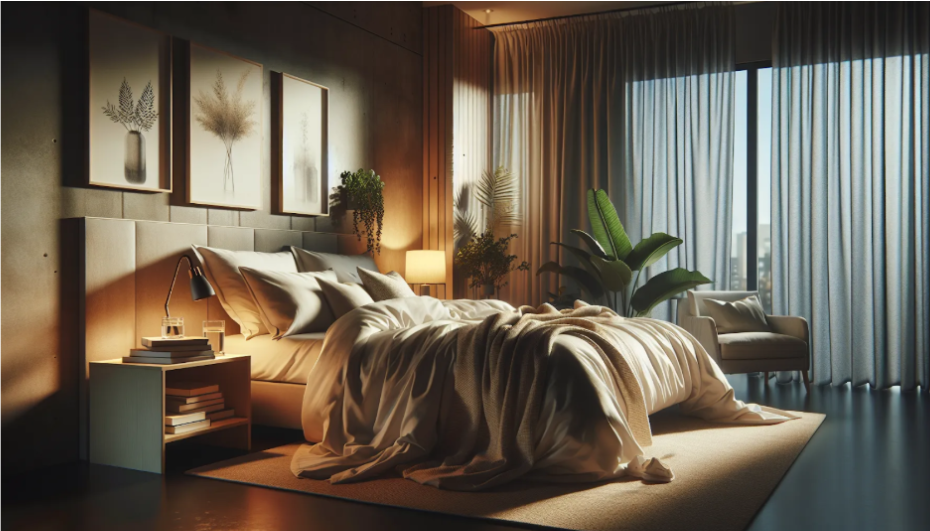




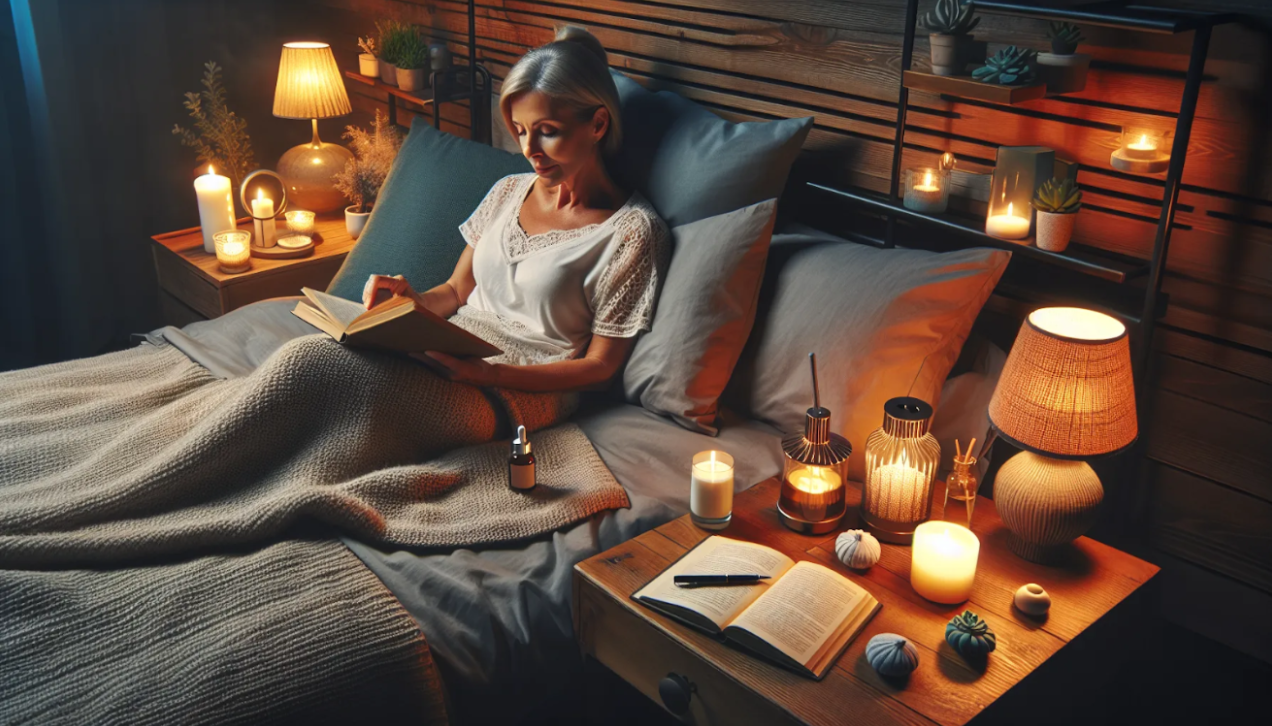






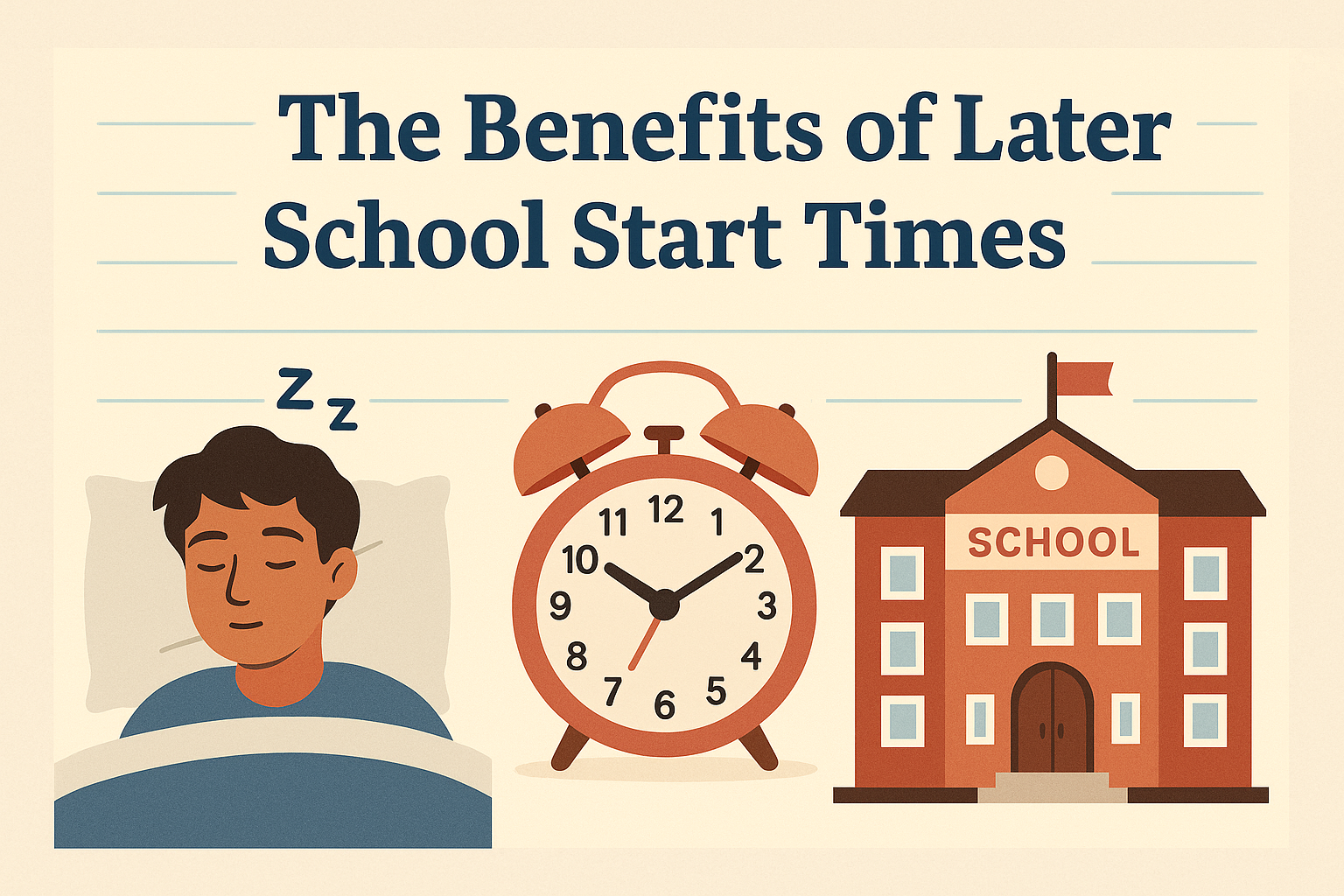

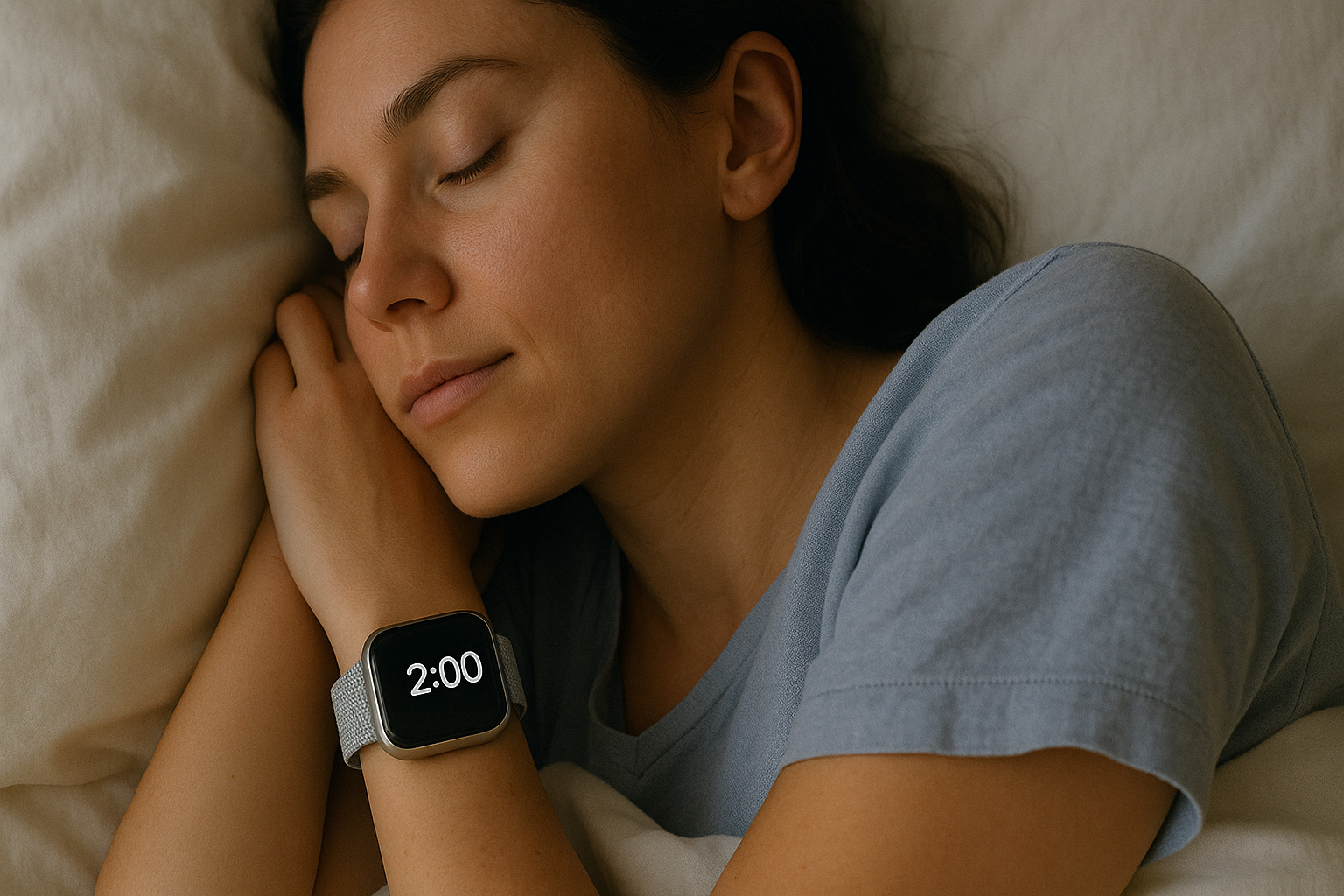


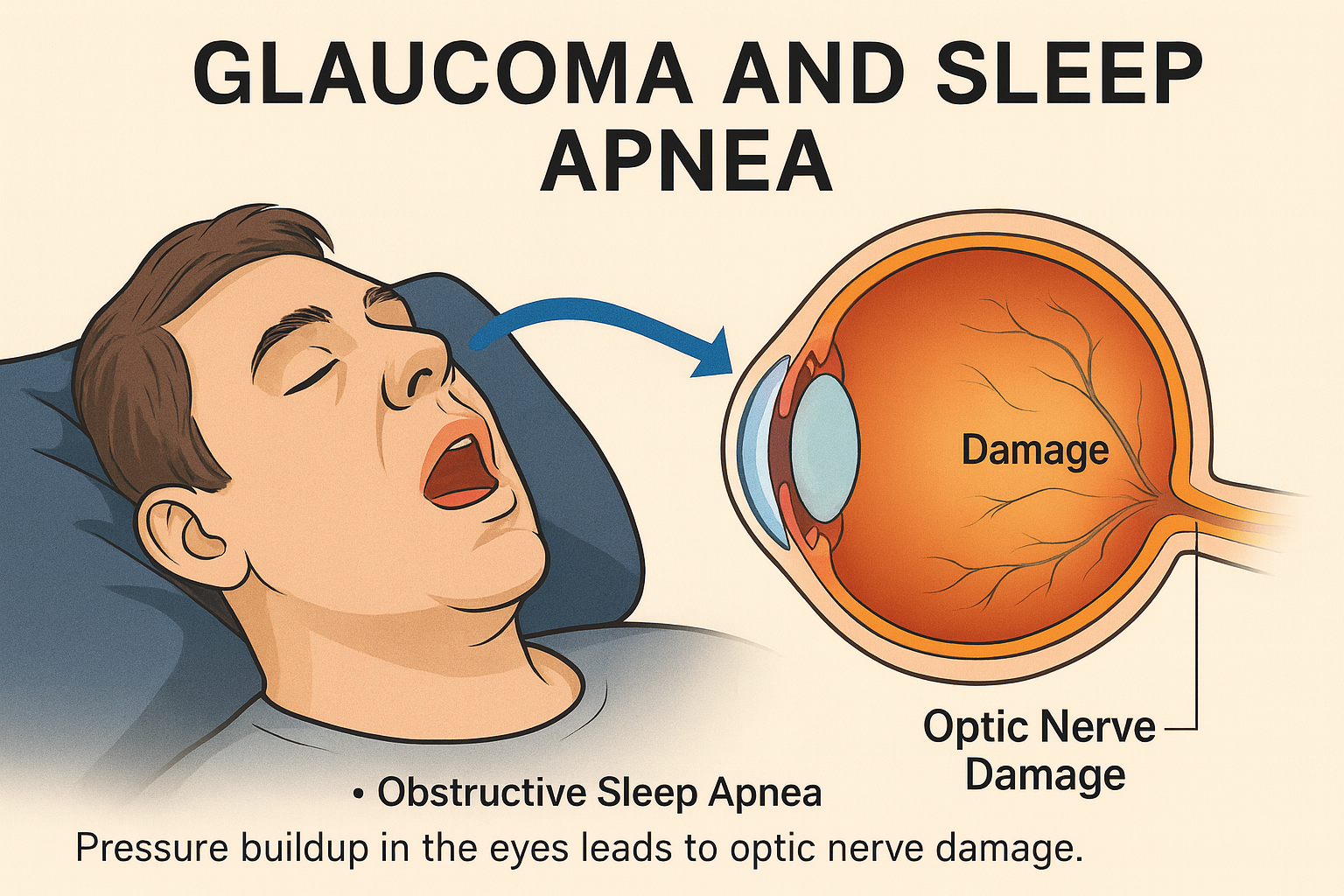

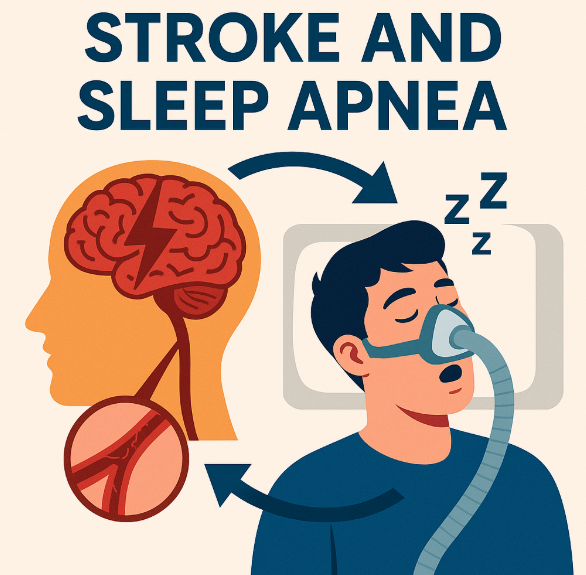
































































%20thumbnail.jpg)
.png)